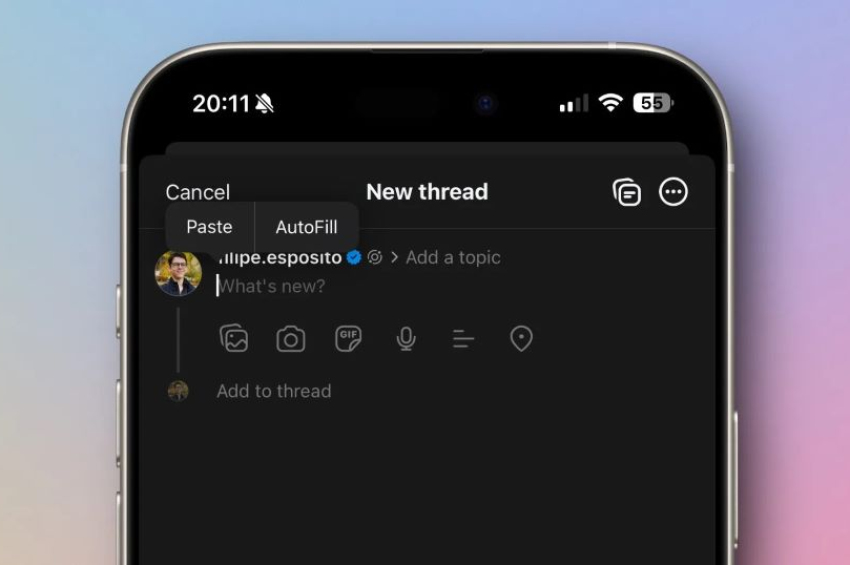How did ancient people clean their teeth?
Most people today adhere to a routine of brushing twice daily, but millennia ago our ancestors faced greater challenges in preserving their teeth. Before the advent of toothpaste, people employed various methods to maintain dental hygiene.
Evidence from prehistoric skeletons indicates ineffective dental care practices, resulting in prevalent tooth decay and gum disease. However, ancient humans did attempt to clean their teeth. Neanderthals, around 130,000 years ago, showed signs of scraping their teeth with primitive toothpicks, likely fashioned from bone or stiff grass.
More to read:
Why did our ancestors eat each other 1.45 million years ago?
Archeologists found that some 14,000 years ago a man suffering from tooth decay on the Apennine Peninsula had the affected portion scraped with a sharp stone tool.
Around 5000 BCE, ancient Egyptians developed the earliest toothpaste, akin to a powder, comprised of ingredients like charred oxen hooves, eggshells, myrrh, and pumice. While likely abrasive, it could remove debris. They also resorted to grinding their teeth with crushed eggshells and burnt oxen hooves.
Subsequent civilizations, such as the Persians and Romans, enhanced toothpaste formulations with burnt snail and oyster shells, herbs, honey, charcoal, and tree bark.







